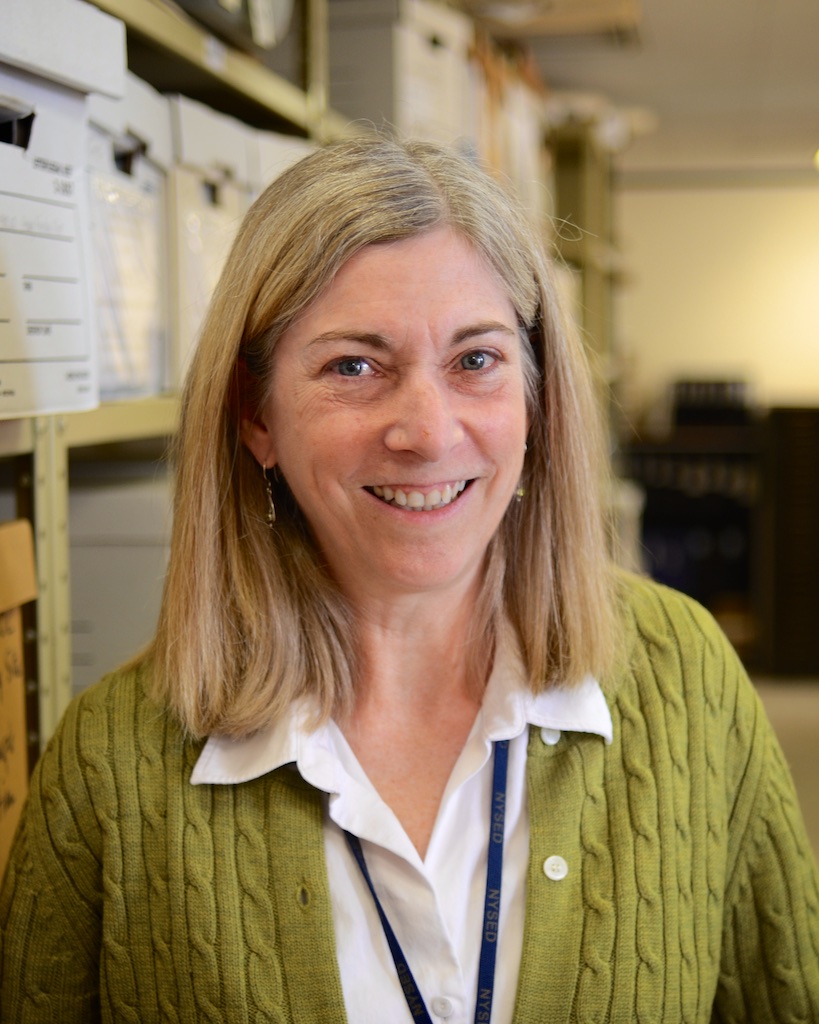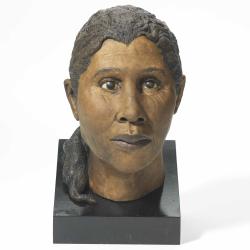
Lisa Anderson
Curator of Bioarchaeology and NAGPRA Coordinator
lisa.anderson@nysed.gov
518-486-2020
My research is concerned with the biological impact of lifeways on populations in New York before and after the time of European contact. The main focus has been on developing baseline osteological data to examine general questions about human adaptation to the natural and cultural environment. Specific areas of interest include the effects of subsistence practices on diet and health; the movement and interaction of people on the landscape; and skeletal evidence of ritual warfare, enslavement, and inequality.



